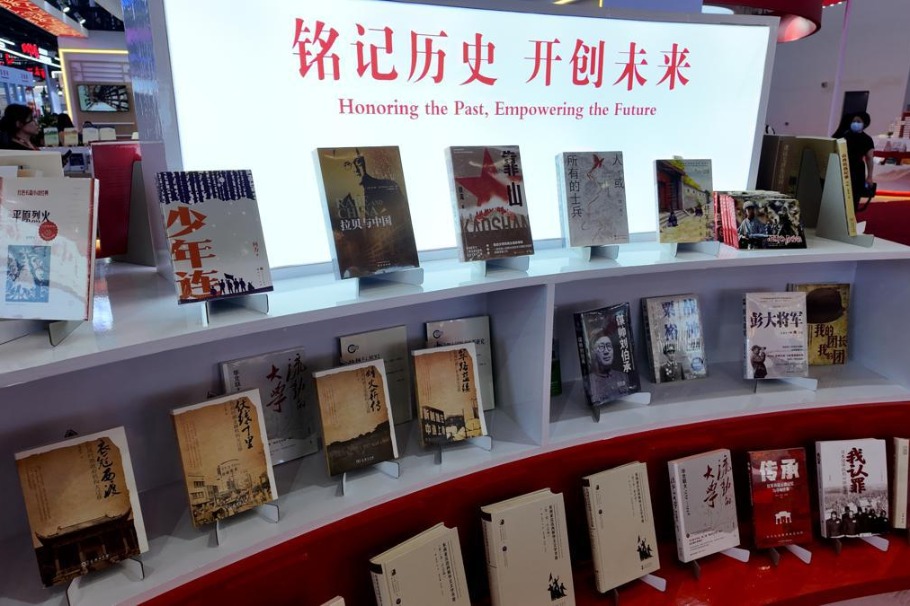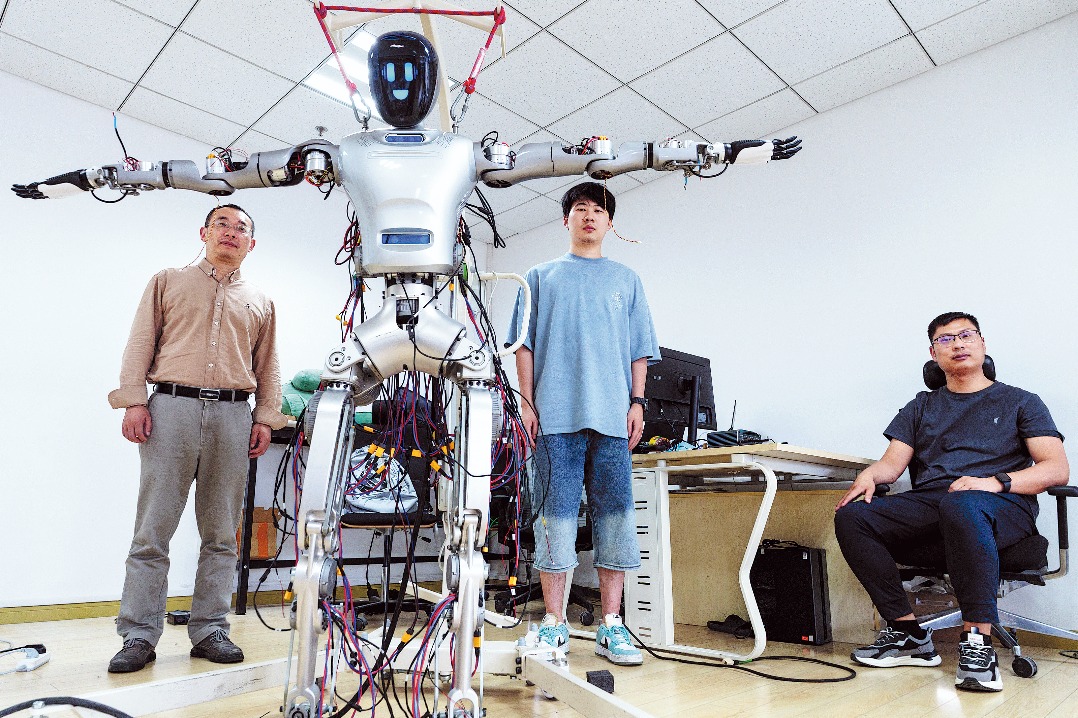Titanic prejudice

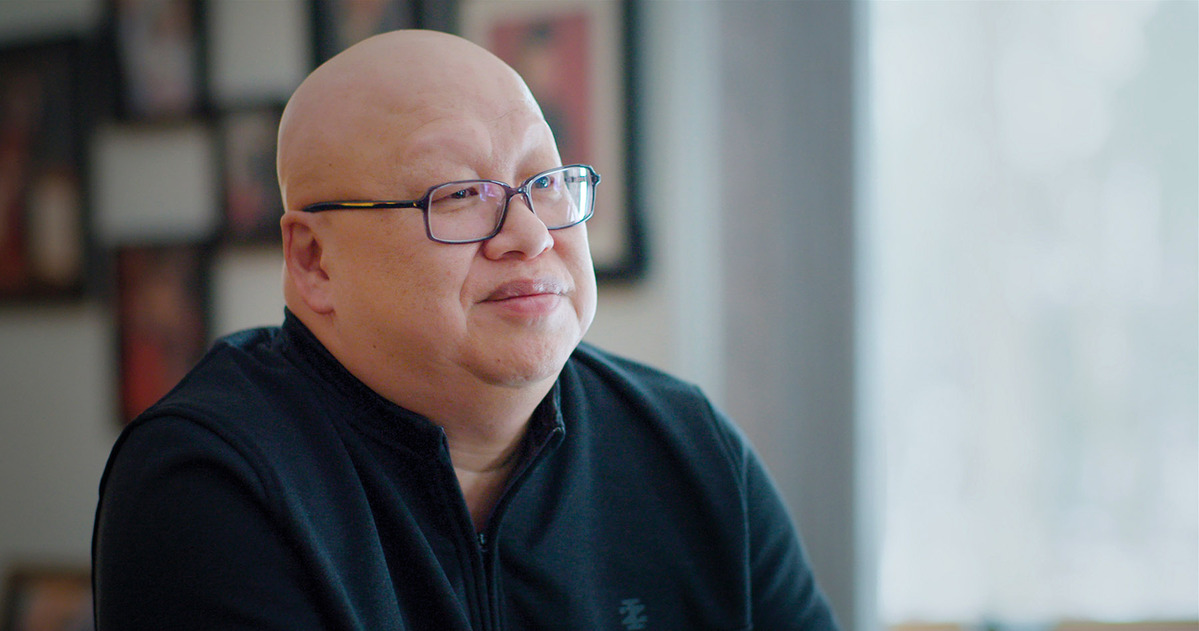
Reconstructing history
Tracking down the survivors' descendants turned out to be a long and arduous process for Schwankert. Going by what he has pieced together on the basis of archival materials and interviews, here's how the story of the Titanic's Chinese passengers might have unfolded on that fateful night.
They stuck together until the Titanic was almost totally submerged. Ah Lam, Chang Chip, Lee Bing and Ling Hee managed to get on a collapsible lifeboat marked C.
Schwankert has built a full-scale model of lifeboat C to illustrate his case that given the boat's structure and size, it would not have been possible for anyone, let alone four grownups, to sail away in it while remaining hidden.
"It was important for us to move from the realm of legend and myth to where we could test what was possible ... so that the laws of physics could be the final arbiter," the author says.
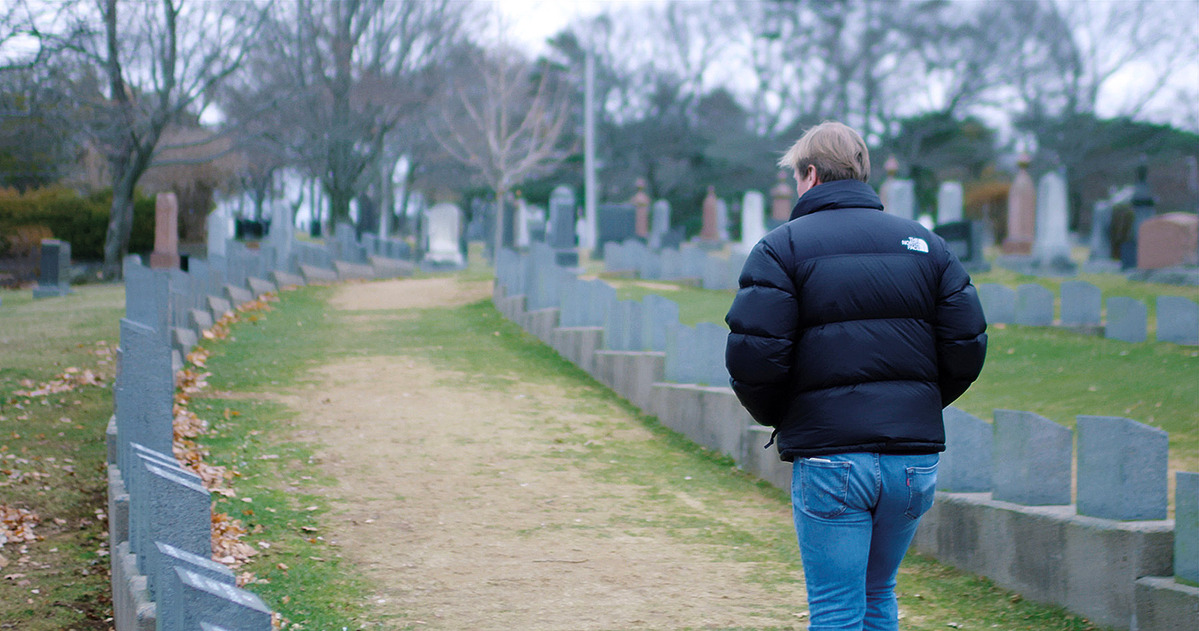
Titanic expert Tad Fitch says that Schwankert's research solves the identity of the Titanic's Chinese survivors and offers invaluable cultural context that brings their lives into sharp focus.
Xu Guoqi, a professor of history and founder of the Institute of Transnational History of China at the University of Hong Kong, however, contends that The Six might only have skimmed the surface of "a story of transnational significance", waiting to be unearthed. "The book and the documentary are still insufficient for us to know the whole story. They are just the beginning."

Schwankert hopes other researchers will pick up the story from where he and his team have left off. He points out that the problems faced by the Titanic's Chinese passengers continue to exist, though it is time that "we can begin to understand them, recognize them, and then begin to address them".
"I'm talking about prejudice and our attitude toward immigrants."
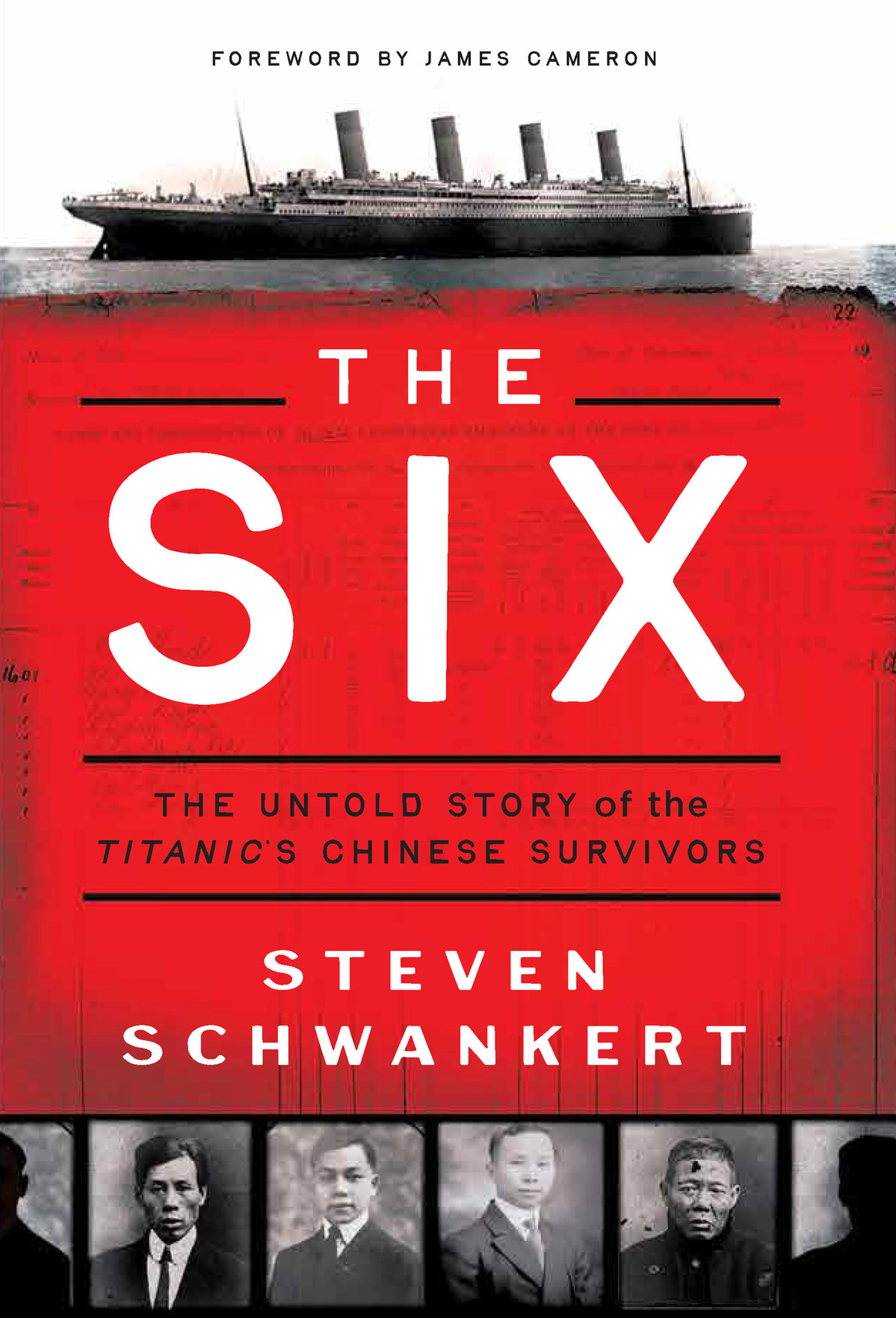
- A journey to promote cross-cultural bonds in Wuxi
- US students explore Jinhua in Zhejiang
- Beijing's Xicheng district opens a new overseas investment and liaison office in Paris
- China accuses Philippines of illegal South China Sea incursion
- Top court helps resolve $10 million cross-border commercial dispute
- Former senior official of Jiangxi under investigation
















